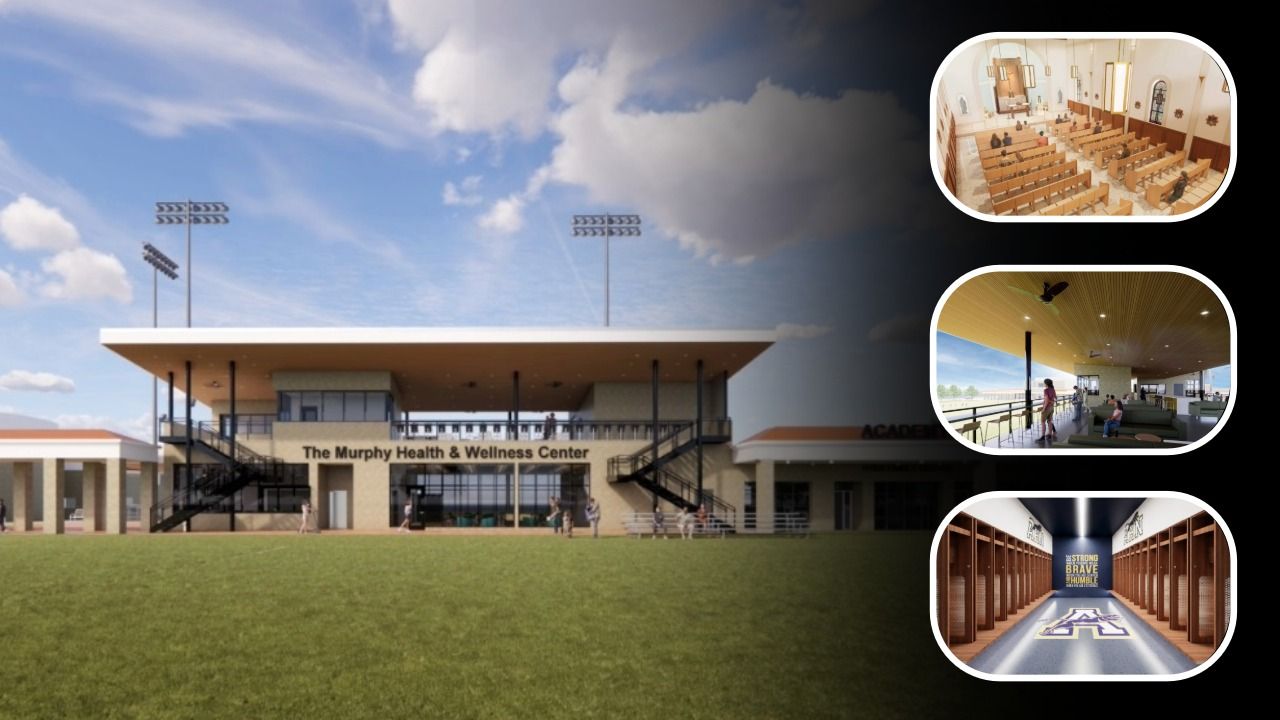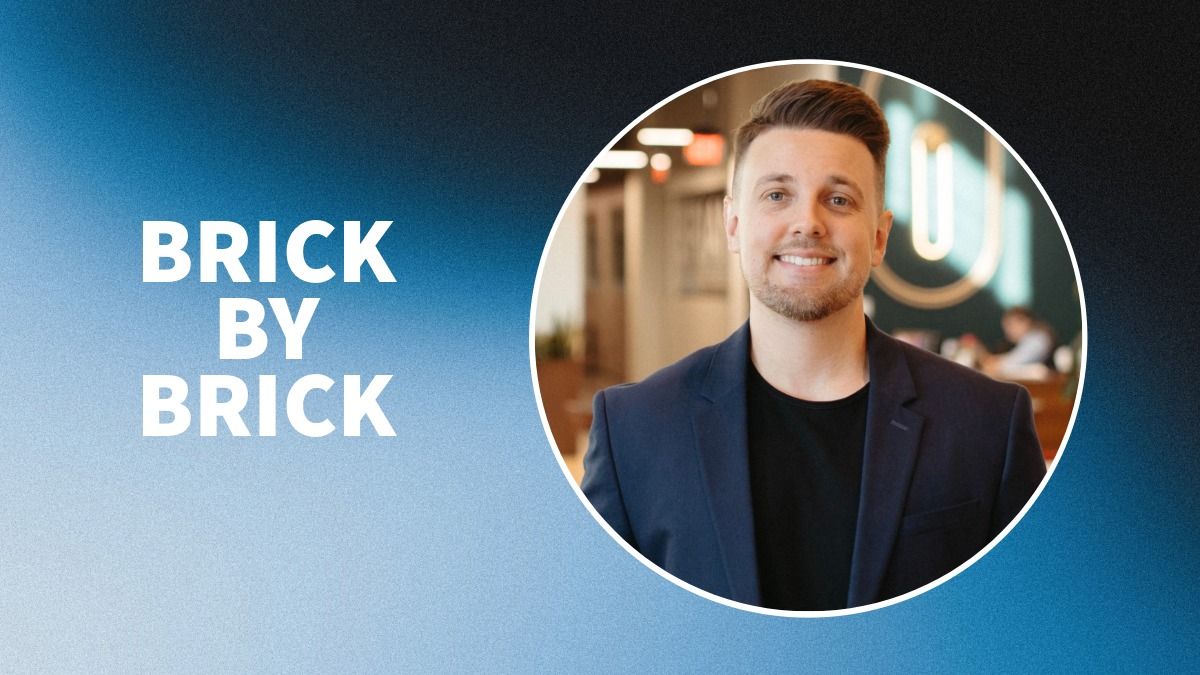Hearing your office is reopening does not mean “back to work” or “business as usual,” if you have been working remotely.
Joy may be felt by some. It is more likely many will have a sense of dread, trepidation or even anxiety. Even if there is some relief, and excitement, mixed in.
What to do? Embrace the notion that everyone is someone and how you feel about it is not necessarily how others feel. Do not make assumptions and do ask people what they think, feel, want to have happen and do not want to have happen.
Here are 10 ways to connect with your team regarding re-opening the office as you move forward (not backward):
Have all communication about moving forward with onsite work via video. Have it recorded for people to access and follow it with an email to include everyone, and for a personal touch.
Send a survey about returning to an in-person or hybrid environment. Use a survey, if, and only if, you are going to read, interpret and respect what comes from it. Do not survey if you are doing it as a cursory effort to move ahead.
Give people a lot of lead time. If you are reading this with little lead time, consider having a time-phased approach announced as soon as today. No matter what your timing is, allow a time-phased, segmented, entry into the space.
Ask everyone to write a three- or four-line bio of a strength, a favorite aspect of their work and a fun fact with a selfie from this week to send in and share a digital roster with the whole team. Some people have not seen each other in a year. Use the names and photos for the workspaces, too.
Consider hybrid work as an option. Some days can be no-in-person meeting days. There can be segmented work hours for onsite.
Establish, or reinforce, a culture with empathy, compassion and kindness at the core. These are not to be words, rather actions. Have conversations about feelings, and concerns, without insisting people participate.
Dedicate desk and office clean-outs, and cleaning periods, with space for safety. Have a local shredding company’s truck on site for the disposal of items to be shredded.
Increase refrigerators and picnic tables and spaced-out places to eat so that people can feel comfortable bringing in food for snacks and lunches.
Be clear on all employee spaces, breakroom activity, desk placement, handwashing, number of people in rooms, conference rooms and training. Don’t make COVID-19 jokes, or cleaning criticisms. It may be in jest but can make others feel uncomfortable or alienated.
Encourage breaks, naps, walks, time in one’s car and a meditation/quiet room onsite. These are not to be seen as slacking off, rather rejuvenating efforts to allow team members to be at their best without worry or time constraints.
By sincerely being mindful of the impact of this change on one, some, or all, you will stay focused on people over products. People who feel safe, cared for and thought of want to be, and can be, productive contributors in your space.
Debbie Lundberg is the founder and CEO of Presenting Powerfully. She combined her General Motors leadership with her Dale Carnegie Training facilitation experience to embark on her business journey in 2006. She is an 11-time published author, certified virtual presenter, certified life coach, certified leadership coach and certified image consultant. Lundberg is a performance coach who co-hosts The Business of Life Master Class podcast. Her 2020 book, Remote Work Rockstar, has become a guide for working, and leading, virtually.













